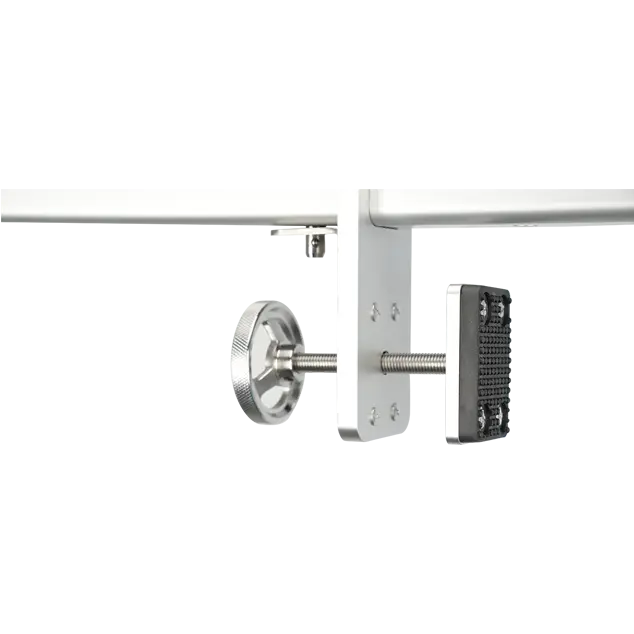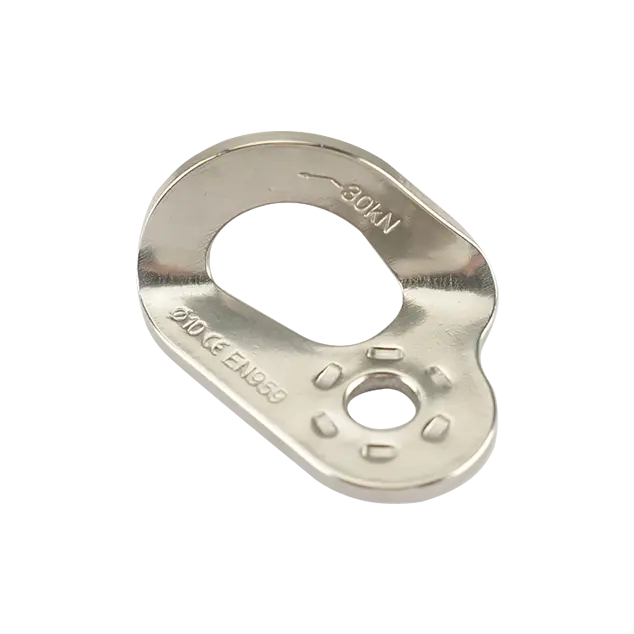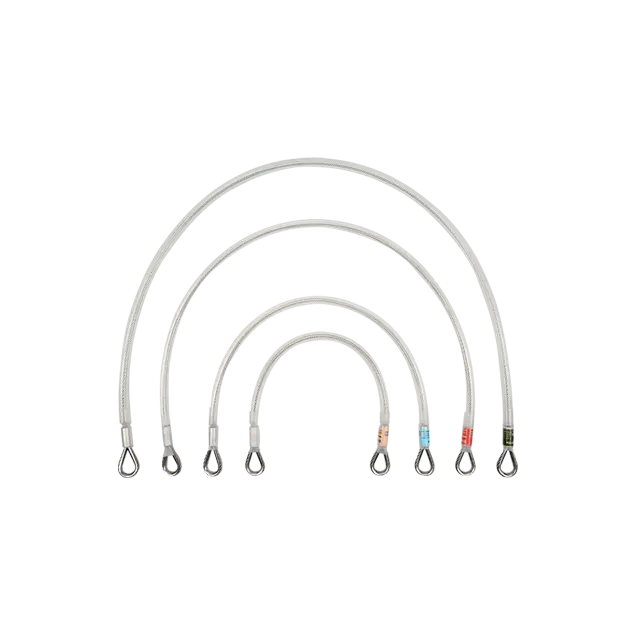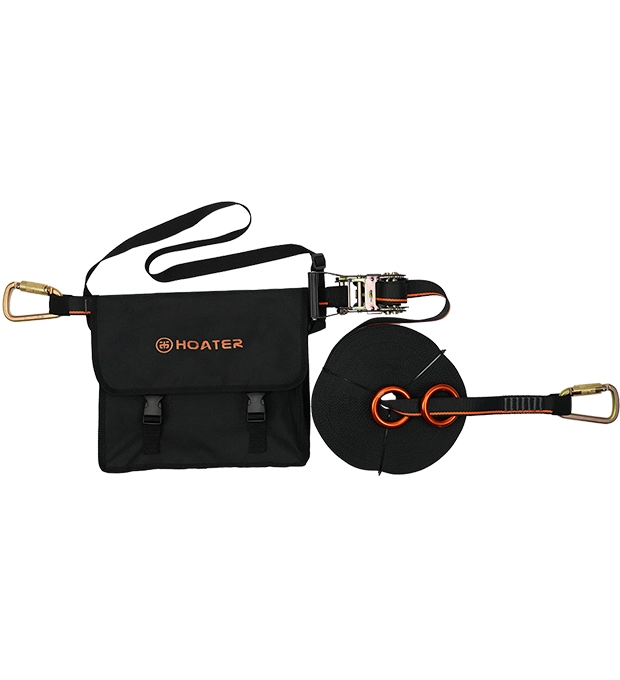Anchor devices find extensive application across various industries where fall protection is paramount. In construction, anchors are essential for securing workers on rooftops, scaffolding, and during steel erection, ensuring safety during tasks such as inspections, repairs, and equipment installation. They are crucial in maintenance and building services, facilitating safe access for window cleaners on high-rise buildings, HVAC technicians on rooftops, and maintenance crews in industrial facilities. Utilities and telecommunications rely on anchors for securing workers climbing utility poles and towers for maintenance and installation tasks. In the oil and gas sector, anchors play a vital role in securing personnel on drilling rigs and offshore platforms. Transportation sectors utilize anchors for bridge maintenance and highway construction, while confined spaces like tanks and silos use anchors for safe entry and rescue operations. Recreationally, anchors ensure safety in activities like rock climbing and adventure courses, highlighting their versatility and critical role in height safety across multiple sectors.

 EN
EN
 fr
fr  de
de  es
es  it
it 






























